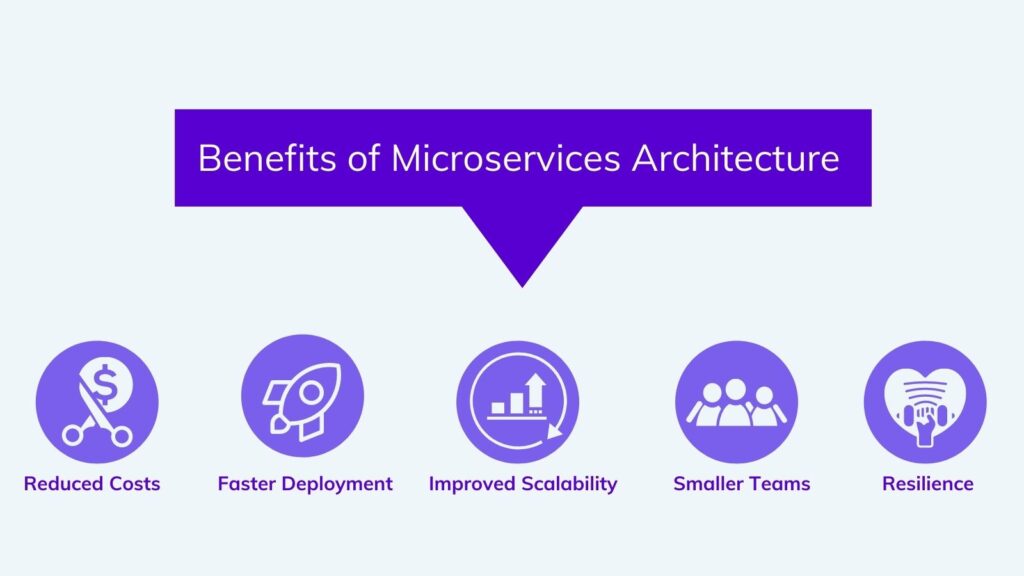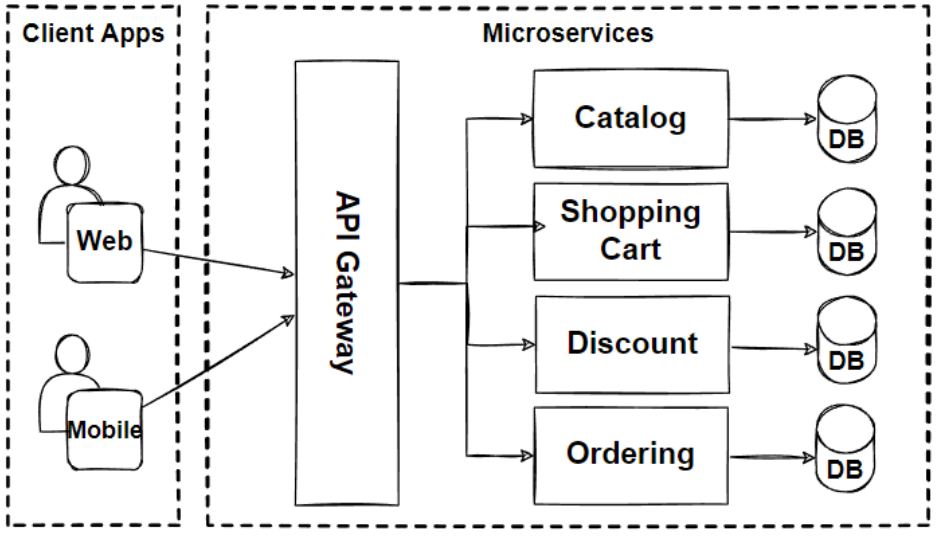
- December 2, 2023
- admin
- 0
Revolutionizing Software Development for the Futured
Welcome to the world of Microservices—a revolutionary approach to building software that's changing the game for developers and businesses alike. In this blog post, we'll break down the concept of Microservices into the simplest terms, so whether you're a tech enthusiast or just curious about what makes your favorite apps tick, you're in for a treat!
Microservices: What's the Buzz?
Microservices are a software development approach that structures an application as a collection of small, independent, and loosely coupled services. Each service is designed to perform a specific business function and can communicate with other services through well-defined APIs. This modular architecture enables greater flexibility, scalability, and resilience compared to traditional monolithic applications. Imagine your favorite burger joint. Instead of having one giant chef handling everything from fries to milkshakes, each task is taken care of by a specialist: one for patties, another for fries, and yet another for those delicious milkshakes. Microservices work a bit like that—breaking down big, complex software into smaller, specialized parts that work together seamlessly.
Key Concepts
- Decomposition: Microservices involve breaking down a monolithic application into smaller, self-contained services. Each service focuses on a specific business capability, allowing for easier development, deployment, and maintenance.
- Autonomy: Microservices operate independently, with each service having its own database and logic. This autonomy allows teams to work on different services simultaneously, promoting faster development cycles.
- Communication: Services communicate through APIs, fostering a decoupled architecture. This enables seamless integration, facilitates updates without affecting the entire system, and supports a diverse technology stack.
- Scalability: Microservices provide horizontal scalability, allowing organizations to scale individual services based on demand. This ensures optimal resource utilization and efficient handling of varying workloads.


Benefits of Microservices:
- Agility: Microservices empower development teams to work independently, iterate
quickly, and release features more frequently. This agility is crucial in today’s fast-paced digital landscape. - Scalability: The modular nature of microservices facilitates scalability, allowing
organizations to scale specific services independently, optimizing resource usage
and cost. Technology Diversity: Teams can use different programming languages, frameworks, and databases for each microservice, allowing organizations to choose the best tools for specific tasks.
Resilience: Microservices enhance system resilience. If one service fails, it doesn’t necessarily bring down the entire application, as other services can continue to function independently.
Challenges and Considerations
- Complexity: Managing a distributed system of microservices introduces complexity in terms of communication, monitoring, and deployment. Proper tooling and practices are essential to mitigate this challenge.
- Data Management: Coordinating data across microservices can be challenging. Strategies like event sourcing and distributed databases are often employed to address these issues.
- Testing and Monitoring: Testing and monitoring in a microservices environment require a robust strategy. Implementing automated testing, continuous integration, and comprehensive monitoring tools are crucial for success.
Best Practices
- API Gateway: Implementing an API gateway simplifies client interactions and consolidates various microservices’ endpoints, providing a unified entry point for external clients.
- Containerization: Containerization, using tools like Docker, facilitates easy deployment and scaling of microservices by encapsulating each service and its dependencies.
- Continuous Integration/Continuous Deployment (CI/CD): Adopting CI/CD pipelines ensures that changes are tested and deployed seamlessly, promoting a more agile development and release process.
- Monitoring and Logging: Invest in robust monitoring and logging solutions to gain insights into the performance and health of individual microservices. This helps identify and address issues proactively.

Conclusion:
Microservices have become a cornerstone in modern software development, offering unprecedented agility, scalability, and resilience. However, successful implementation requires a thoughtful approach, addressing challenges with the right tools, practices, and a focus on continuous improvement. As organizations continue to embrace microservices, the journey toward a more dynamic and responsive software architecture unfolds, ushering in a new era of innovation and efficiency.
